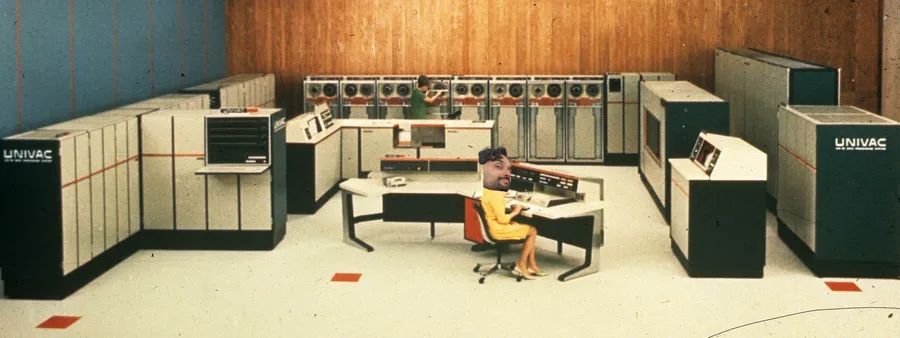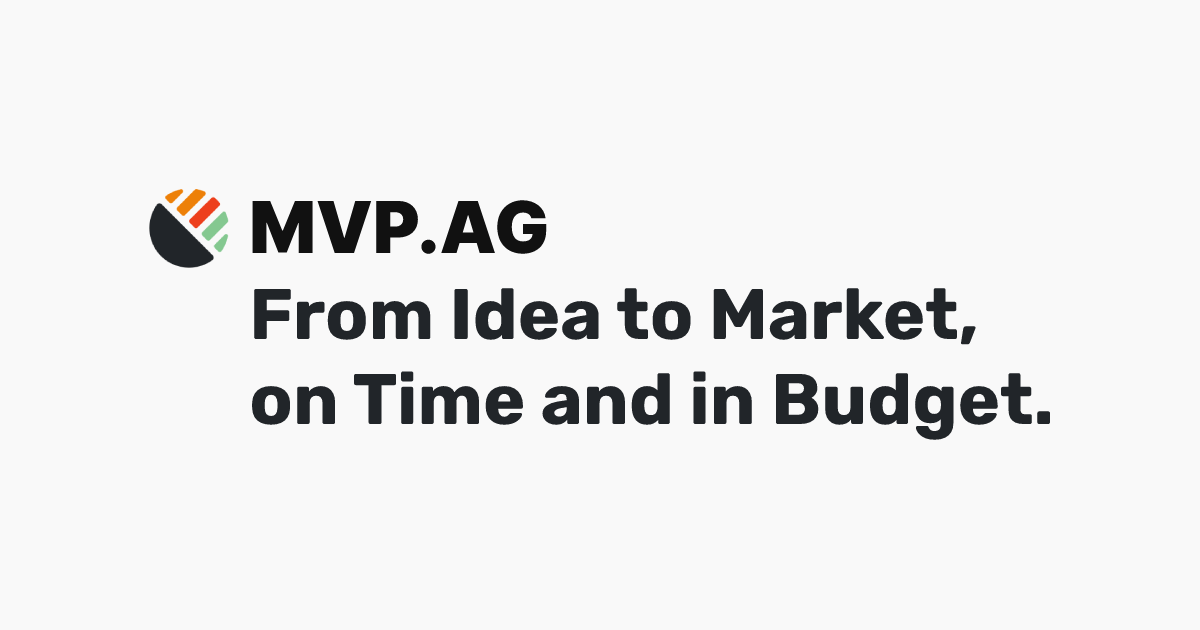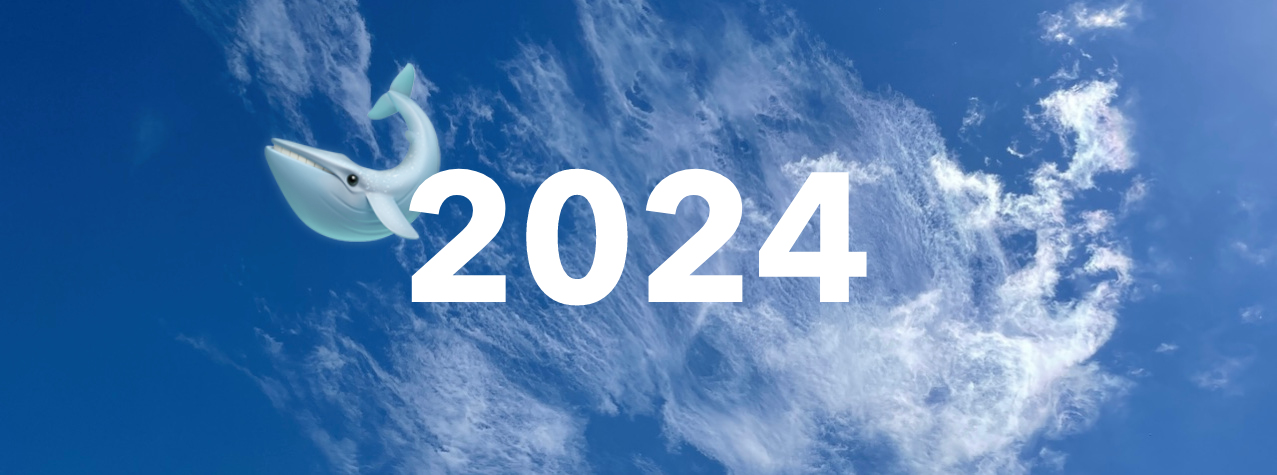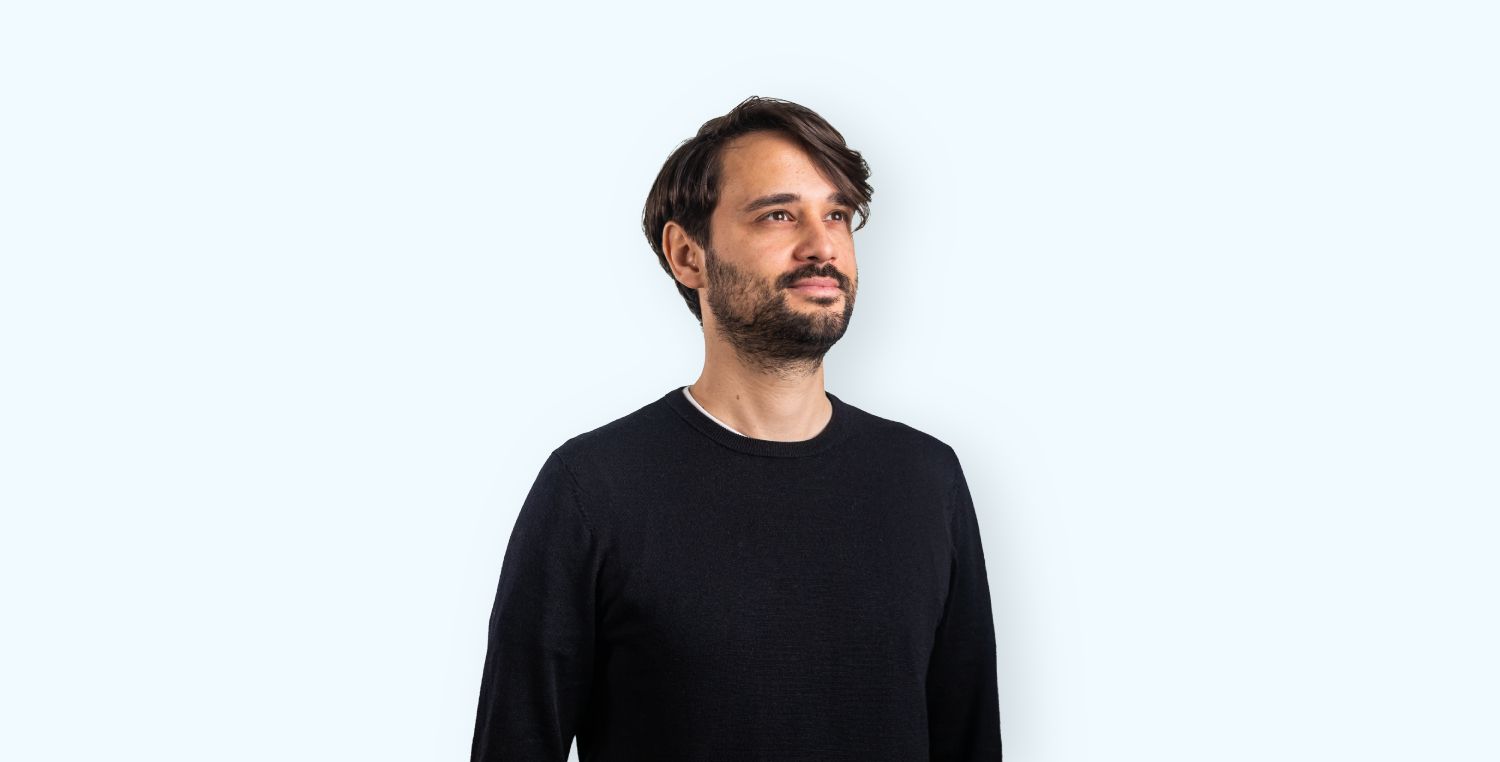The Independent 'Micro PE' Entrepreneur

For the past 10+ years, I have been working with startups, and B2B SaaS in particular, across different settings: I bootstrapped a startup, At Meta I started and operated a startup accelerator in Berlin, I 'corporate ventured' a startup and I consulted companies in Germany & Austria.
With all that experience, I decided to start something close to my primal instinct of creating and operating digital products: a 'micro PE' fund named 🐋 Waterglass.
Waterglass is somewhat the sum of everything I learned in my career and honestly, it's a new territory that I'm pretty excited to enter.
AI, automation and significantly reduced costs in business operation
With advancements of AI and automation over the past years, a new chapter of creating and operating niche businesses has been opened.
Remember the times when vast sums of initial capital were needed to buy or rent a server farm to run your favorite brokkoli lasagna website?
Or when a large team of highly skilled software engineers was required to even get a crappy Beta version of a product live?

Fast forward to 2024, the skill of producing code has become almost ubiquitous, yet what to produce has become even more important, along with – and I can't stress this enough – distribution to bring it to market.
This favors a new type of entrepreneurship, one where generalists with a broad skill set can build portfolios of niche businesses and operate them efficiently with only small teams and sometimes no teams at all.
A shorter path to Product-Market-Fit
Another core principle of Waterglass is to go for businesses that have at least a handful of paying customers and, with that, recurring revenue.
In my experience, this means less risk when optimizing for Product-Market-Fit since some headway has already been made in the right direction.
Personally, turning an idea from 0 → 1 demands significantly more effort and experimentation than scaling it from 1 → 10.
A portfolio of Waterglass ventures... and a service business
Where will the funds for the fund come from, you ask.
Well, especially in the beginning I will bankroll the first small acquisitions myself with both some savings and by liquidating my crypto assets (I guess thank you SEC?).
The first Waterglass venture will be rolled over from a side project I have been working on over the past few weeks that solves a problem I have encountered myself over and over again. It's about the automated customization of sales and company presentations.
While still being pre-revenue, it adds nicely to the overall portfolio I have in mind and has the potential to add synergies to future ventures.
Anyway, more about that in the next publication.
The long-term strategy for Waterglass is to fund new acquisitions through portfolio revenue. Until these acquisitions beyond my initial capital injection are financially possible, a service business will complement the portfolio and provide working capital.
Therefore I partnered with a Berlin agency to create MVP.AG, where we deliver business-specific MVPs on time and in budget to business clients.
This also solves a problem I have enountered myself in the past, where I partnered with agencies to create MVPs massively overshot the budget and timeline.
Lessons learned, I say.
MVP.AG is able to meet these promises by a combination of narrowing the focus to business clients, content-based applications and the automation of product development.

MVP development as an (almost) productized service business
PS: I will personally reach out to selected subscribers over the next two weeks about this service. If you are interested as well, simply reply to this email.
Join me behind the scenes?
My goal is to make the whole process of building and operating Waterglass transparent, including its ups and downs and learnings along the way.
With your free subscription, you will get:
- 1 article every 2~4 weeks
- Less than 10 minutes reading time
- First row insights into buying and scaling niche software businesses

The official announcement on Waterglass.io

About Bernhard Hauser

